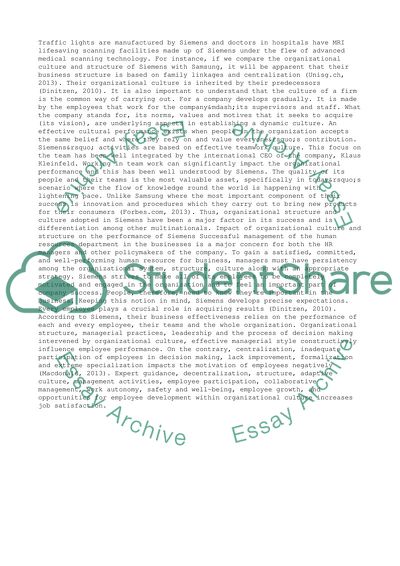Cite this document
(“Organisations and behaviour Essay Example | Topics and Well Written Essays - 2500 words”, n.d.)
Organisations and behaviour Essay Example | Topics and Well Written Essays - 2500 words. Retrieved from https://studentshare.org/business/1490922-organisations-and-behaviour
Organisations and behaviour Essay Example | Topics and Well Written Essays - 2500 words. Retrieved from https://studentshare.org/business/1490922-organisations-and-behaviour
(Organisations and Behaviour Essay Example | Topics and Well Written Essays - 2500 Words)
Organisations and Behaviour Essay Example | Topics and Well Written Essays - 2500 Words. https://studentshare.org/business/1490922-organisations-and-behaviour.
Organisations and Behaviour Essay Example | Topics and Well Written Essays - 2500 Words. https://studentshare.org/business/1490922-organisations-and-behaviour.
“Organisations and Behaviour Essay Example | Topics and Well Written Essays - 2500 Words”, n.d. https://studentshare.org/business/1490922-organisations-and-behaviour.


